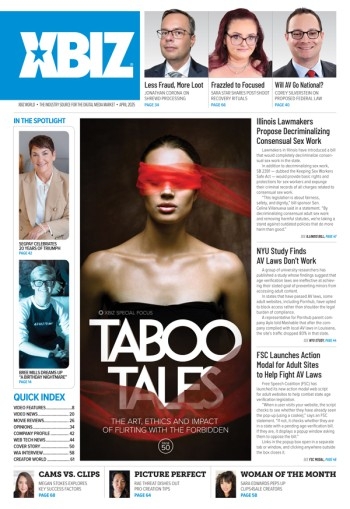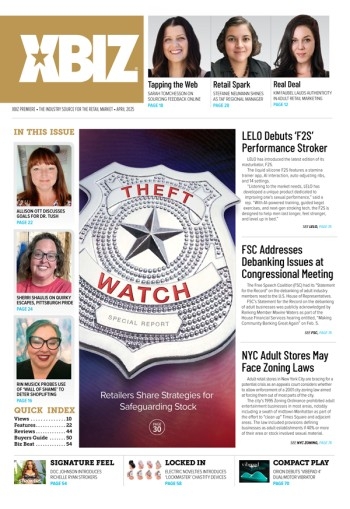While the trend hasn't yet become widespread in adult; within Hollywood and beyond to Madison Avenue and New York's production powerhouses, the generation of short-form video programming at the behest and for the benefit of advertisers is becoming almost as commonplace as it was more than half a century ago, when many television shows were brought to viewers by one sponsor or another.
Now, rather than a TV game show being sponsored by a tobacco company, the venue is as likely to be YouTube or a corporate website, as it is any other media; and rather than a full-length show, the programming is typically a brief "webisode" that may only have a several minute runtime — the prefect presentation format for today's attention-deficit plagued youth.
According to the New York Times, branded entertainment is growing in popularity "because marketers feel compelled to find new methods to reach consumers in an era when the traditional media are losing eyeballs, ears, hearts, minds and perhaps other body parts to the Internet."
These webisodes reportedly range in cost from thousands to millions of dollars and encompass all levels of sophistication and all levels of relative "star-power" in their cast selection.
Ellen Liu, media director at the Clorox Company in Oakland, Calif., told the Times that the company sponsors webisodes as a means of extending its reach and gaining "a higher level of engagement" than is obtained through traditional 30-second television commercials which "interrupt" the entertainment.
Clorox financed webisodes include spots for Armor All, Brita, Clorox, Fresh Step and STP, among others — and the list is growing.
"The market place is shifting and brands have to think of themselves as media companies," David Freeman, general manager at Matter in Los Angeles, a Clorox agency, said. "[But] the entertainment part has to come first."
Key to the success of these efforts may be that higher level of engagement that Liu cited, as the delivery platforms being used lend themselves to as deep a level of interactivity as the sponsor's budget and the targeted playback devices can support.
"It's the coming together of audiences looking for great content and advertisers looking to connect with those audiences," NBC Universal Vice President for Digital Content, Cameron Death, said.
And those audiences are not just online, as webisodes are now being joined together and turned into longer-form programming for cable and VOD outlets; as well as being split apart into "minisodes" of less than a minute in length for distribution across mobile networks.
According to Death, many viewers of this derivative programming may not realize its source.






